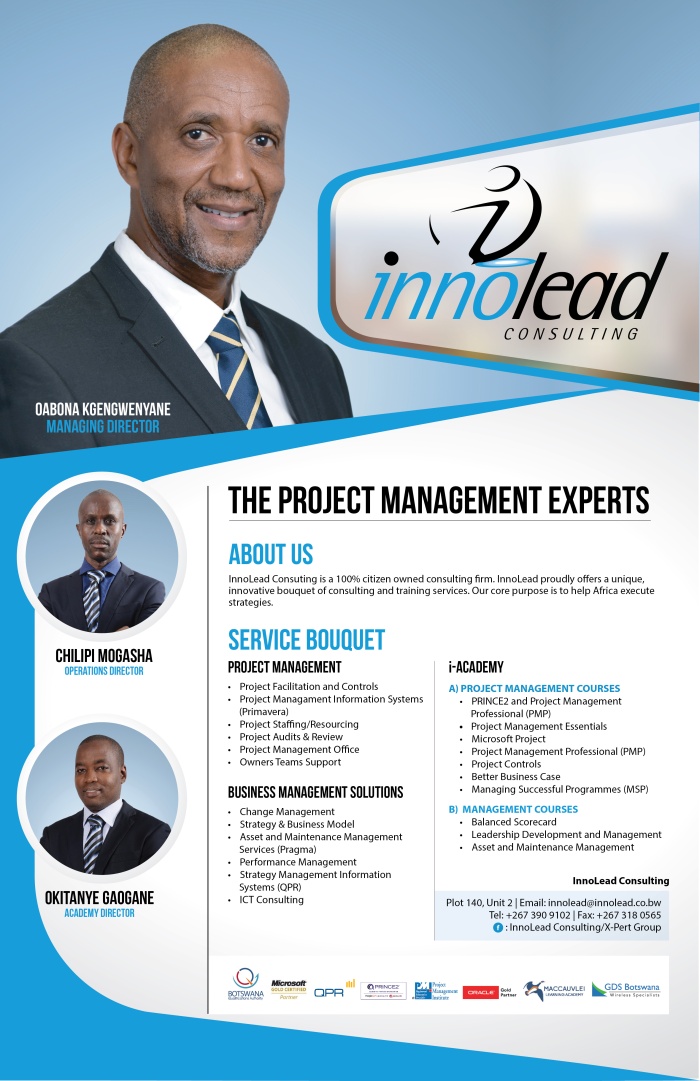
History is replete with success stories of how a sound Strategy has led organisations to profitability and some countries to be victorious at war. We all agree on the importance of strategy and the usefulness it renders to entities amid turbulent conditions and unfavourable circumstances. Strategy helps the organization to ride on its competitive advantage and compound on it. John D. Rockefeller and the Standard Oil Company rose to prominence in 1860 through his determination to survive the oil market, all this was attributed to his great shrewd Strategy for buying his competitors out of business. In 1882 Rockefeller ultimately had firm control of America’s oil pipeline and was able to dictate the price for crude oil. In 1775, George Washington was appointed the commander of the Continental Army that led America to victory because of his sound Fabian strategy in confronting the British Army.
Against growing competition for resources and the need for accurate and timely decision making, the need to automate our strategies has become more important than ever. Research has indicated that an organization with automated strategies has a higher chance of success than those without Examples of known enterprises that have automated their strategies includes, South African Airways, World Vision Southern Africa and Judiciary of Chile just to mention a few This article will look at some key points why automation of strategy is vital.
- Real-time information on how the entity is performing against the planned targets. This is so critical because it eases the decision-making When strategies are automated, the decision makers do not have to spend time searching for information that aid with the decision making. The ability to react in real-time to problems is enhanced and as a result, organisational strategic goals stand a better chance of success.
- Accountability is enhanced because different parts of the organisation take more responsibility for their contribution to the organisation strategy. As we all know what is not measured is not done. Automation ensures that initiatives are allocated and tracked in a standardised manner. The moving parts of an organisation are easily held accountable for the responsibilities. Work and expectations are made clear from organisational level to department level as well as individual level.
- Supports the integration of systems. Strategy automation systems can be interfacing with another corporate system to get accurate data with a lower probability of human error distortions. It is well known that reports from spreadsheets and on pieces of papers leave a lot to be desired as far as accuracy is concerned.
- Minimizes rifts and saves time in the organization. It’s such a frustrating thing to move from one department to the other looking for information. Having been involved in the strategy management process in multiples instances, not knowing where to get critical information is not only frustrating but causes tension in the team.
As a critical success factor for this business change, leadership support is key. With leadership steering and championing the automation, the new way of doing things has a greater chance of being inculcated as the culture. In the absence of leadership support, people will tend to run expensive parallel processes of the old way of doing things as in most instances people prefer their old way of working than the perceived stressful new reform. There is always an element of change management that must be considered and planned for if automation is new to an organisation.
In support of this business capability, InnoLead Consulting has partnered with QPR to avail a strategy management solution platform. The solution has a number of modules from Organisational strategy metrics and performance management. This enables breaking down the organization into distinct scorecards contributing to the broader corporate scorecard.
QPR Metrics is a performance management solution that enables all management levels to trace the progress of the Strategic Goals and Performance. It enables viewing the big picture from your Strategy Map to Operational Targets and obtains a flexible performance management capability, satisfying multiple needs, such as strategy and operational performance. More than a performance management solution, QPR Metrics helps organizations gain robust online collaboration capabilities. Employees can add comments and actions to their dashboards while managers translate into action, the insight they gain by following-up the assigned tasks and progress made.
There is an undeniable global shift towards digitisation and the benefits to organisations have proven to be extremely valuable. It would be costly to any organisation to ignore the chance to understand and deal with the complexity of contemporary management as brought on by the global digital environment.
Gaogaufi Mako holds the position of Consultant at InnoLead Consulting offering Management Consultancy and Corporate Training Solutions. He can be contacted on +267 3909102 and innolead@innolead.co.bw
Reference
- https://sloanreview.mit.edu/projects/strategy-drives-digital-transformation/#chapter-7
- https://www.atkearney.com/documents/10192/4260571/History+of+Strategy+and+Its+Future+Prospects.pdf/29f8c6e8-7cdb-4a25-8acc-b0c39e4439e1
- http://historyofmassachusetts.org/revolutionary-war-strategies/
- Tovy, Tal. “George Washington’s Military Genius by Dave R. Palmer.” Michigan War Studies Review, 3 Dec. 2012, miwsr.com/2012-070.aspx
- https://www.qpr.com/customers

